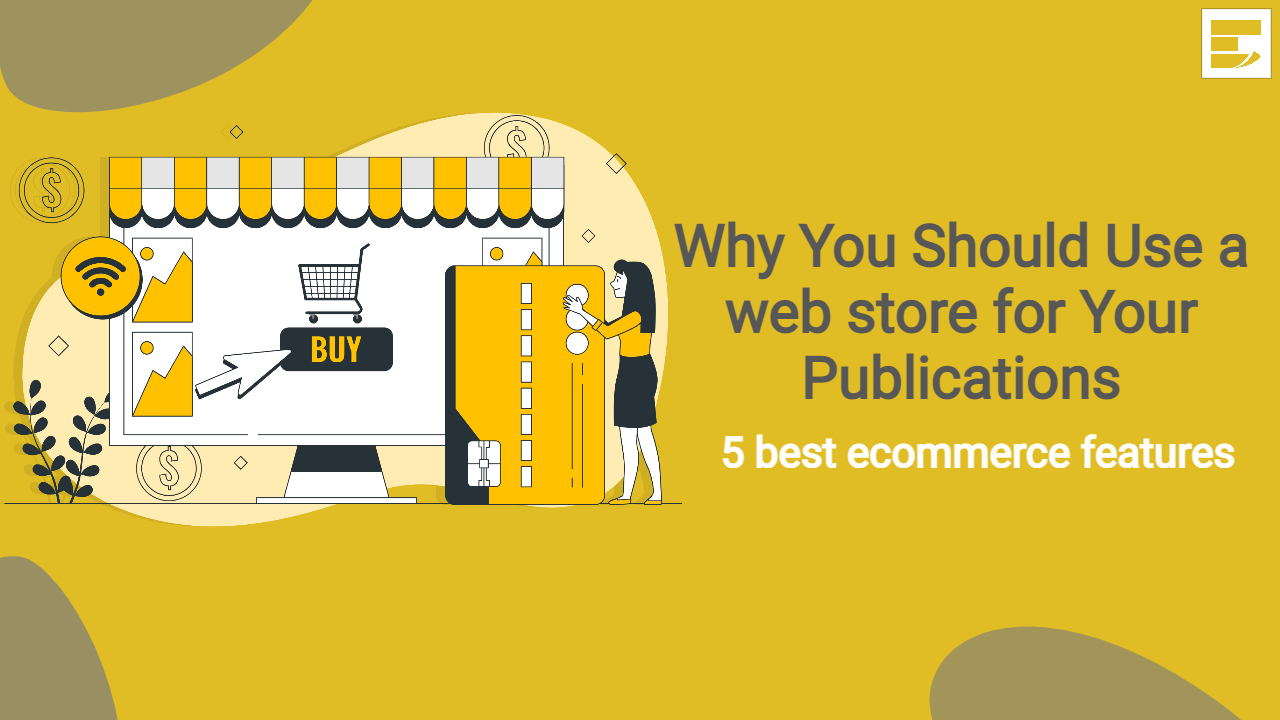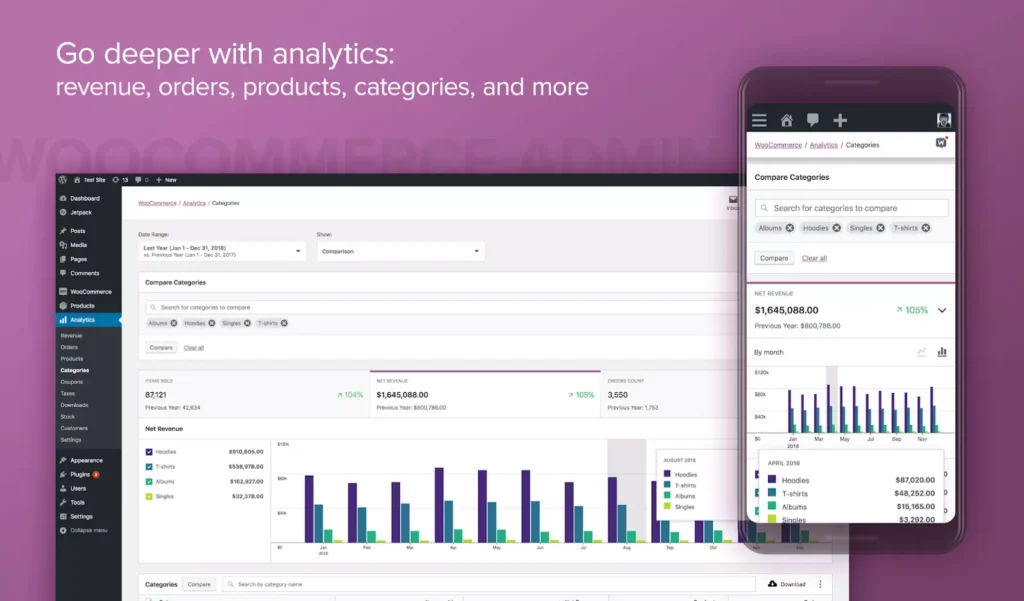
How can you drive more sales through your publisher’s web store? The answer might be surprising if users pay multiple times. On top of this, you also want to ensure that every part of your e-commerce platform integrates with your epublishing system as well as analytics tools so that you can see which parts of your site are working and which aren’t. This way, you can see what’s working and what isn’t, making each update more effective than the last.
webstore for publishers | Ecommerce Platform
The first phase of our project is an e-commerce website for publishers. This phase will focus on setting up a simple ecommerce platform with Woocommerce integration, which will allow our users to sell their digital and offline products like magazines, as well as provide them with some web store management tools. The second phase of our project is mainly focused on delivery methods. E-commerce websites are nothing new.
Amazon has been around since 1994; Ebay was founded in 1995; Apple launched its online store in 1997. But what about magazine e-commerce websites? Magazines have unique product attributes that make them more challenging to sell online than books or CDs: they’re often expensive, bulky, and fragile; they require special handling and shipping; many magazines don’t even have ISBNs (International Standard Book Numbers).
We think there’s an opportunity here for someone who can create a unique solution that makes it easier for magazines to get into customers’ hands—and we want to be that someone! Our idea is simple: we want to be your one stop shop for magazine subscriptions.
Web Store Analytics Integration
We believe in personal connections between customer and publisher, that’s why we give Analytics Integration to forecast your growth. We are building a web store for publishers that will help you to track customer engagement, purchases and allow real-time updates from your website. Our analytics solution is easy to set up and use so you can focus on growing your sales instead of spending precious time on admin tasks.
This way you can check how many visitors visit your site each day or week, what pages they look at most often, which products they like best or even see where they came from and how long they stayed on your site.
These insights enable you to make informed decisions about which areas of your business need improvement or which strategies work best. With such data available at any time you’ll be able to see where opportunities lie for optimizing content based on consumer interest and feedback. For example if one product isn’t selling as well as others then it may be worth thinking about whether it needs updating or whether there are any issues with how it’s being marketed.
Multi-Payment Methods
The Multi-Payment Method feature allows publishers to accept different payment methods for digital and offline products. For example, they can use one method for magazines and other periodicals and offer multiple payment methods for books and e-books. This allows them to drive more sales by offering more purchasing options.
With Woocommerce, you’ll also have access to a full featured shopping cart with a highly intuitive user interface. Woocommerce also features secure checkout pages designed specifically for e-commerce sites that are PCI compliant and protect customer information.
Easy to scale
Even if you are an expert in your area, you will not be able to scale and manage your e-commerce website well without using a professional development team that understands both e-commerce and wordpress. These professionals can build custom features into your site to make it as easy to use as possible.
They can also optimize it so that search engines understand how many pages there are on your site, which is a major ranking factor. The end result of building a scalable platform is that you can focus on growing your business instead of spending all of your time working on technology issues. A scalable web store allows publishers to extend their presence digitally while still maintaining ownership over their brand and content.
Recurring subscription model
A recurring subscription model allows publishers to offer customers and clients access to digital and offline products (like magazines) through a monthly subscription. The advantage of using a recurring subscription model is that publishers can increase their sales even when they don’t have new products.
The number of sales will depend on how loyal your audience is, but if you’ve built strong relationships with your community, or if you’re publishing content that consumers need on a regular basis, you should be able to generate recurring revenue. It’s much easier (and cheaper) than starting from scratch again each month! It’s time to leave one and be done behind.
Why not use a recurring subscription model, rather than a one-time payment? It allows you to sell more—and make more over time. A recurring payment model works well with an extended product line, subscriptions (for magazines), and/or annual reports or magazines in a series. The key is that each item builds on previous ones. You can use different designs on each, but they should be consistent with respect to subject matter and style.
Publishers insights dashboard
The analytics dashboard is a unique feature built specifically for publishers. This is what allows us to integrate Woocommerce and WordPress seamlessly with Epublishers, so it’s vital that it works perfectly. We also wanted publishers to be able to see insights into their sales so they can improve them in future. I hope you’ll agree we’ve designed a product that does exactly that! Let me show you how Publishers Insights Dashboard shows off all of your key business data at one glance .

Our integration enables publishers to connect seamlessly with our cloud-based payments tooling – which means there are no additional plugins or third party systems required by publishers.
